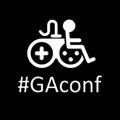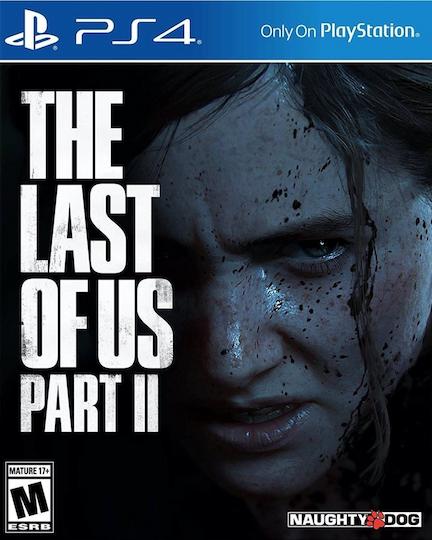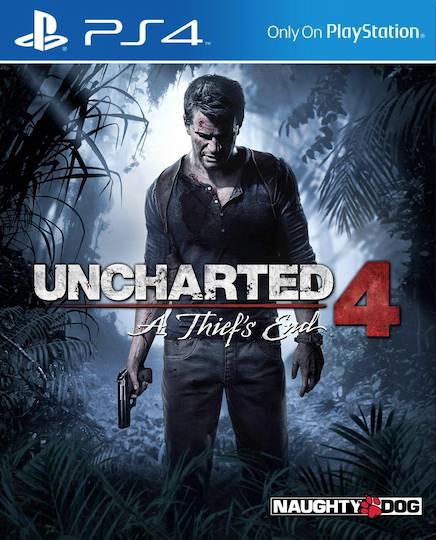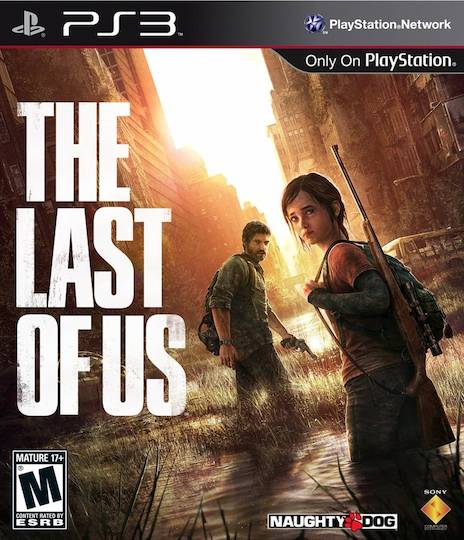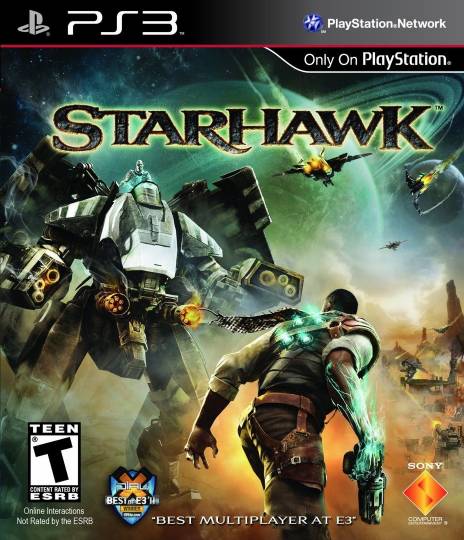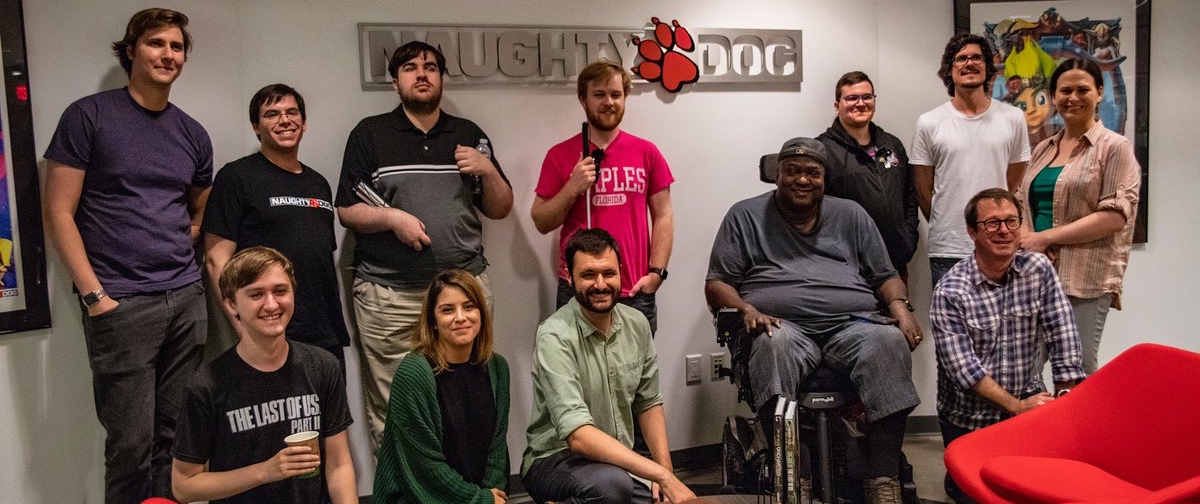
Earlier this year we wrapped up four years of development and shipped The Last of Us Part II. While most of my work was on systems, combat, and AI, I also co-headed our effort to push the boundaries of accessibility.
We established our goals early in preproduction. We wanted to build on the motor accessibility features from Uncharted 4, offering more options for players to customize controls and simplify inputs. We wanted to have scale, colour, and contrast options for our HUD and subtitles. Most ambitiously, we wanted to create a suite of features that would allow a blind player to complete the game without sighted assistance. By the time the game shipped, we had developed over 60 accessibility features.
To hear a full breakdown of our development process, check the talk that Emilia Schatz and I recently presented at GAConf. We discuss how we planned our production, worked with terrific consultants, iterated on our features, and integrated accessibility into our regular playtesting. Many thanks to Ian Hamilton and Tara Voelker for inviting us to speak.
After years of development, it’s been so exciting to see the reactions from fans about how these features have benefited them. Some have called The Last of Us Part II “the most accessible game ever”. The story also got picked up outside of the video game press, with coverage from CNN, BBC, CBC, and USA Today; Emilia and I even had a radio interview with NPR Morning Edition.
Our dearest hope is that our push for accessibility helps advance the state of the art in the games industry and inspires other developers to make it a priority. Many thanks to our accessibility consultants and testers, our collaborators at SIE Worldwide Studios, and everyone at Naughty Dog who helped make these features possible.

Photo credit: Misty Rayburn
